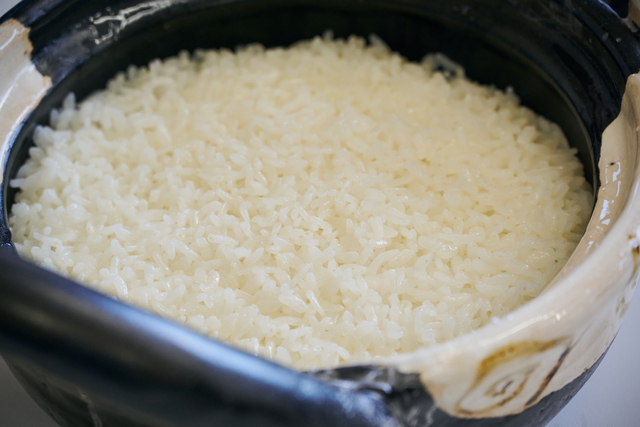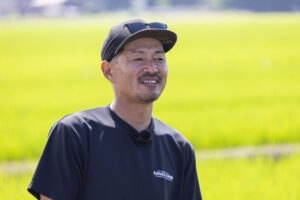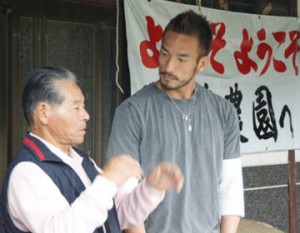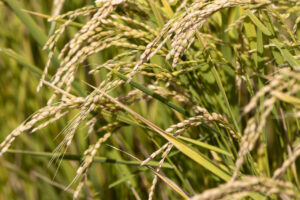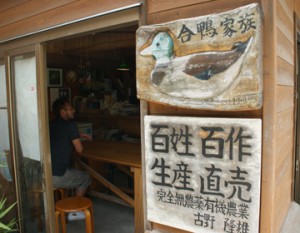Rice, the Staple Food of the Japanese
Although it is said that the shift away from rice has been progressing along with the westernization of food, rice has always been the staple food of the Japanese people. It is a natural part of every household and convenience store in Japan. However, few people know the history of rice. Although there are various theories, rice cultivation began in Japan about 3,000 years ago during the Jomon period. Rice was introduced from the Eurasian continent along with rice cultivation technology, and before the Meiji period (1868-1912), rice was collected as a tax, indicating that it has remained the most familiar food in Japanese daily life. There are three types of rice produced in the world: japonica rice, which is well-known in Japan and widely enjoyed as a staple food on the Korean Peninsula; indica rice, which is long and thin and often seen in Thai cuisine; and javanica rice, which is wide and large-grained, sticky but light, and used for paella and risotto. The other is “Javanica rice,” which is wide, large-grained, sticky, but light, and used in paella and risotto. Indica rice, which accounts for more than 80% of the rice produced in the world, is not widely produced in Japan, and japonica rice, with its short grain and stickiness, is preferred by many Japanese. Among these, Koshihikari, a variety registered in 1956, is produced in one-third of all rice paddies in Japan and has become the standard for what the average Japanese person considers rice.
Birth of “Ryu no Hitomi,” a rice with great potential
In 2000, Takashi Imai, then working for the Ministry of Agriculture, Forestry, and Fisheries, was inspecting Koshihikari rice fields in Gero City, Gifu Prefecture, to check the growth of the rice plants when he noticed something unusual. There was tall rice mixed in that was clearly not Koshihikari, and upon closer inspection, the paddy was quite large.” The next year, he grew the hulled rice, harvested it, and cooked it. It had a sweetness, aroma, and crunchiness that he had never experienced before, and Mr. Imai was shocked to find that it overturned his concept of rice. Thinking that this rice must be a new variety, Mr. Imai asked a company specializing in genetic testing, but they were unable to analyze it and could not tell him what the origin of the rice was. However, he was convinced that it was clearly a different variety from Koshihikari. In 2002, he conducted test cultivation in secret to register the variety, finalized the data, and filed an application for variety registration with the Ministry of Agriculture, Forestry and Fisheries on April 1, 2003. The name of the variety at the time of application was ” Ryu no Hitomi. We wanted to name it “Dragon,” the god of water, which is important for rice cultivation. He also made the large grains of rice look like “pupils. At the same time, “Ryu no Hitomi” was needed as a product name to establish a brand strategy, and an application for trademark registration as “Ryu no Hitomi” was filed with the Japan Patent Office and was accepted. In 2006, the rice was successfully registered as a variety, and it became more popular as a tasty and safe rice. In 2006, the rice was successfully registered as a variety, and the company set out to grow and protect it as a tastier and safer rice. However, it was extremely difficult to grow because of its tall stature and large ears, which made it prone to collapse and vulnerable to disease. Therefore, Mr. Imai retired from the Ministry of Agriculture, Forestry, and Fisheries at the age of 51 in order to protect this unknown but potentially extraordinarily large rice and preserve it for future generations. Wanting to produce rice that everyone could enjoy and eat safely, he gathered together a group of friends who aspired to become masters of rice cultivation and devoted themselves to cultivating and promoting “Ryu no Hitomi” rice.
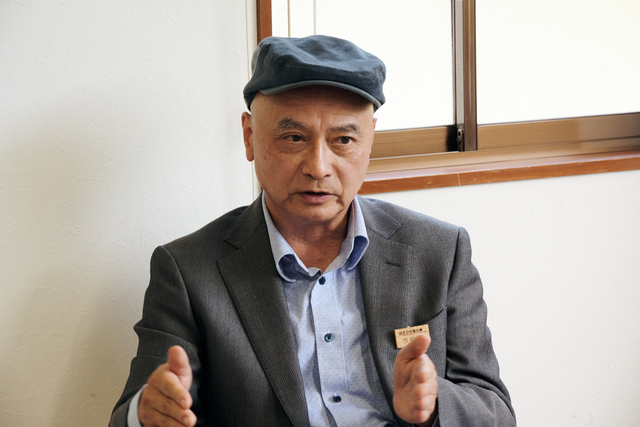
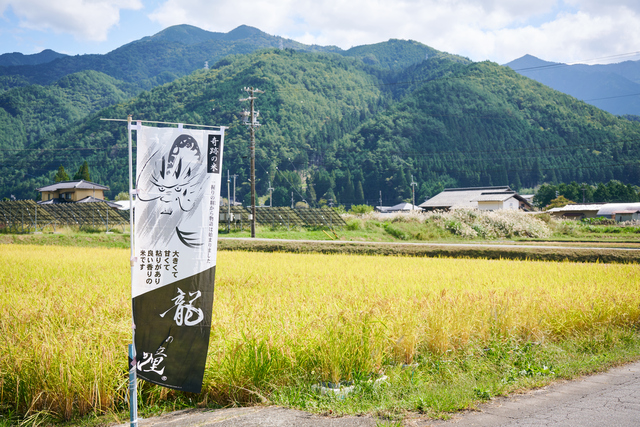
He has created strict standards for “Ryu no Hitomi,” and only contract farmers who meet these standards are allowed to grow the rice under a set manual, thereby protecting and enhancing the brand value of “Ryu no Hitomi. In order to maintain the quality of “Dragon’s Eyes,” they also focus on the management of “Inochi no Ichi,” the original seed rice. Thanks to such activities, not only Mr. Imai himself but also his contract farmers have won gold medals in the National Rice Evaluation and Taste Analysis Contest and the Grand Prize in the You Choose the Best Rice in Japan Contest, as well as many other top awards in national contests. It is now recognized by rice growers and rice lovers as a representative brand of rice in Japan.
Protecting Japanese Rice with “Dragon’s Eyes
Mr. Imai is concerned that Japanese rice consumption has continued to decline since its peak of approximately 118 kg per year in 1962, and is now less than half that amount. Even though those were the days when people were mainly engaged in manual labor and ate hinomaru bento (packed lunches), I think many people ate rice because rice grown in the traditional way was simply delicious. So I want to produce delicious rice without using as much pesticide as possible and increase the number of people who want to eat this again, ” he says. In 2017, he obtained Global GAP certification to ensure that his rice is safe and secure and evaluated at the global level. Such safe and secure rice can be made more delicious by cooking it in an appropriate way depending on the season. Dragon’s Eye,” which appeared like a blessing from heaven and which Mr. Imai has devoted his life and passion to protect, will be a light that will awaken the Japanese people’s love for rice, which had been far away, and make them recognize once again that Japanese rice farming is a wonderful technique to be proud of in the world and a culture to be inherited.
